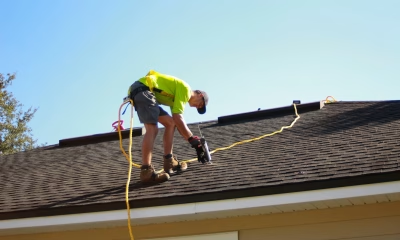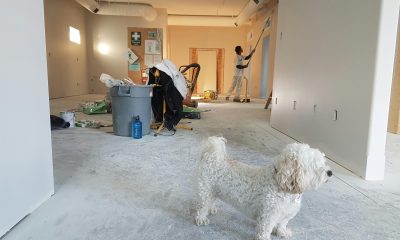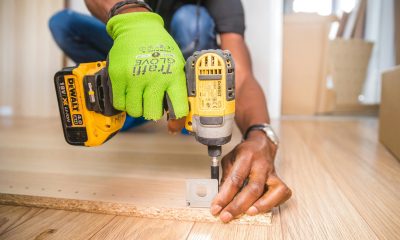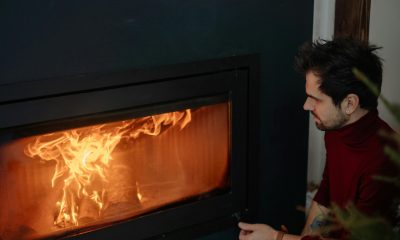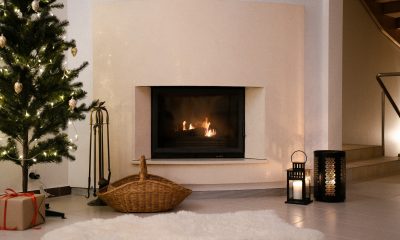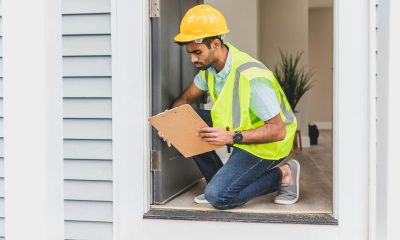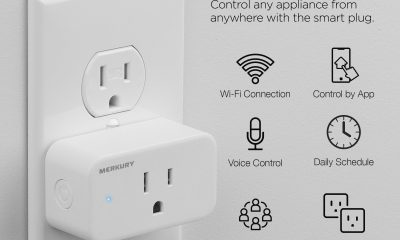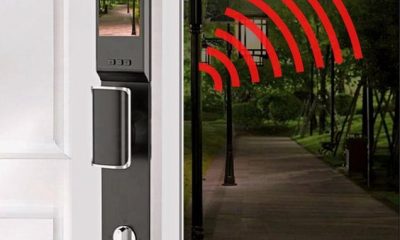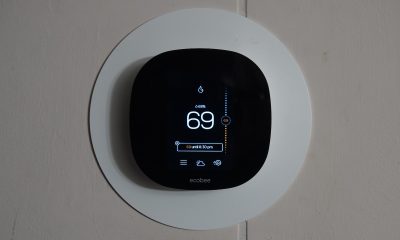Guides
How To Keeping Comfort Alive When Winter Bites Hard?
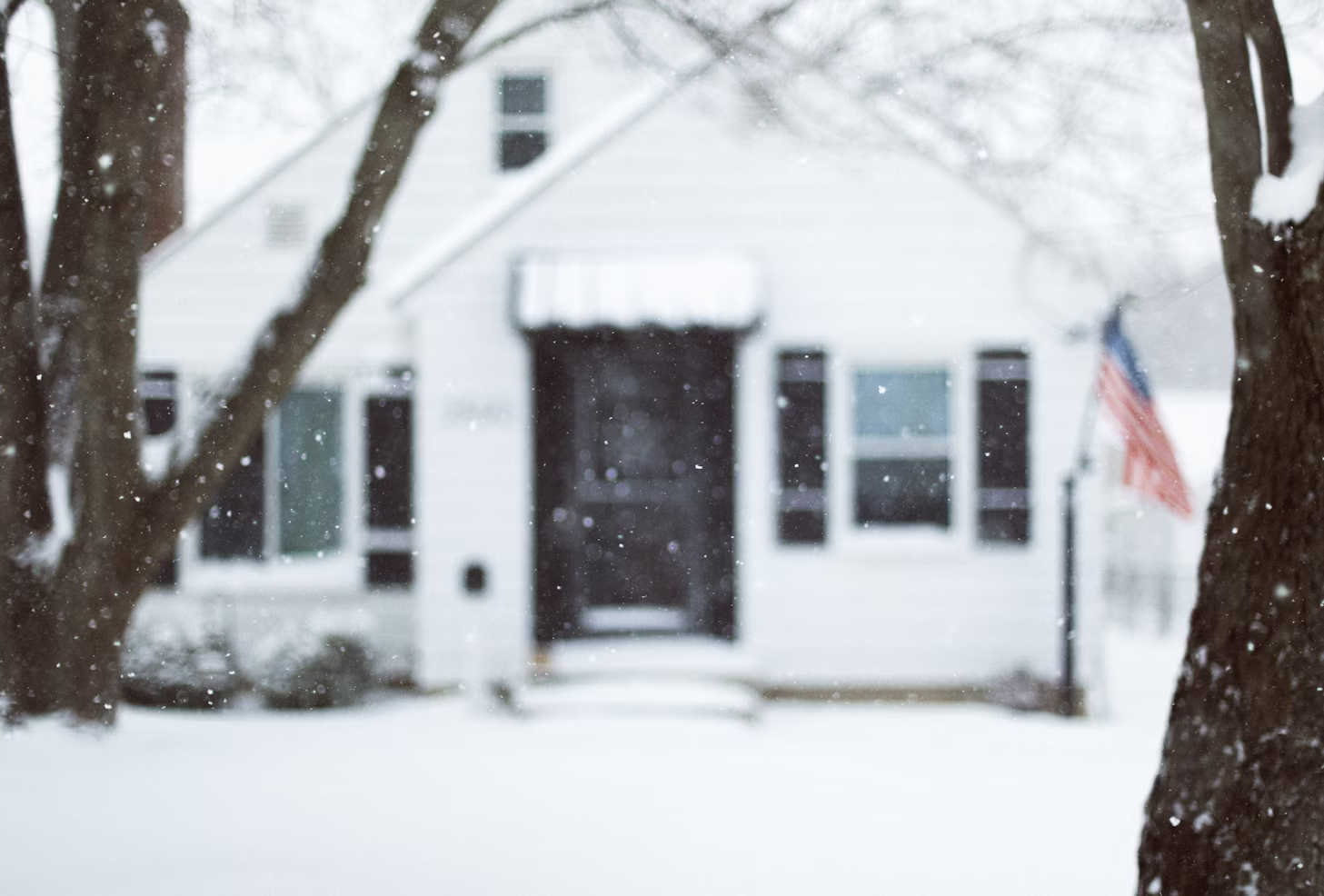
Winters in Lansdale have a way of testing every home. One week it’s a calm, chilly breeze, and the next it’s a sharp cold that settles in for days. For many homeowners, this means drafty rooms, slow-heating water, and rising energy bills that seem to come out of nowhere. The mix of older borough homes and newer developments makes winter comfort a unique challenge here. Some houses struggle with aging boilers, while others battle cold air sneaking in through unsealed windows.
The real problem isn’t just the temperature outside—it’s how well your home’s systems handle it. A warm, comfortable home depends on more than a working heater. It takes reliable plumbing, a good water heater, solid insulation, and air that’s safe to breathe. As Lansdale settles into another winter, it’s worth looking at how each part of your home plays a role in keeping that comfort alive.
1. Why Comfort Depends on Every System Working Together
It’s easy to think of comfort as a job for your furnace alone, but in truth, it’s a team effort. Your plumbing, insulation, ventilation, and even your thermostat all play a role in keeping warmth steady and reliable. If one part of that system struggles, the rest will feel it too.
For example, if your insulation isn’t keeping heat in, your furnace has to work longer to maintain the same temperature. That means higher energy use and more wear on the system. If your water heater starts losing efficiency, you’ll feel it during morning showers and household chores. These problems often show up at the same time during cold months, which is why local homeowners turn to professionals for dependable heater repair in Lansdale, PA and regular system maintenance before winter stress sets in.
When you think of your home as one connected comfort system, it becomes easier to spot how small issues can lead to bigger problems—and how routine care helps everything run smoothly through the season.
2. Common Winter Disruptions Homeowners Notice First
Winter often reveals problems that went unnoticed in warmer months. You might feel one room stay colder than the rest, hear knocking in the pipes, or notice that it takes longer for water to heat up. These are small but telling signs that your home is struggling to adapt to the temperature change.
In older homes, outdated radiators or drafty windows are common culprits. In newer ones, poor air balancing or undersized ducts can cause uneven heat. When plumbing isn’t properly insulated, pipes can freeze during severe cold snaps, leading to leaks or water damage.
Addressing these issues early can save you both time and money. A few preventive checks before the deep freeze sets in can make a major difference in comfort and cost.
3. Getting to Know Your Home’s Heating Setup
Not every home heats the same way. Some rely on gas furnaces, others on boilers, and some on newer heat pump systems. Understanding what kind of heating system you have helps you recognize warning signs early.
If you hear your furnace cycling on and off too often, or your boiler takes longer to warm up, those can be clues that something isn’t running as it should. Unusual noises, burning smells, or sudden energy spikes are other signs it’s time for attention.
Knowing your system’s basic operation—where filters are located, how to read the thermostat settings, or how old your unit is—helps you make informed decisions about maintenance or upgrades. The goal isn’t to become an expert, but to stay aware of how your system behaves so you can spot problems before they grow.
4. Keeping Hot Water Flowing When You Need It Most
Hot water becomes essential during winter, not a luxury. From morning showers to dishwashing and laundry, daily routines depend on it. Yet many homeowners don’t think about their water heater until the water turns cold. Regular care makes a big difference.
Flushing the tank removes sediment buildup that causes heat loss and efficiency problems. Checking the pressure relief valve ensures the system operates safely. Insulating the water pipes also helps prevent heat loss, so you don’t waste energy reheating cooled water.
If your home uses a tankless system, periodic descaling keeps it running efficiently. For traditional water heaters, setting the thermostat to around 120°F is usually ideal—it keeps water hot while preventing scalding and saving energy. Taking these simple steps ensures your home stays comfortable even on the coldest mornings.
5. Improving Indoor Air Quality During Closed-Up Months
When winter hits, windows stay shut for weeks, and indoor air can quickly become stale. Dust, allergens, and moisture build up inside, especially in homes that run heating systems around the clock. This can affect breathing comfort and even cause minor irritation for some residents.
Improving indoor air quality doesn’t require major changes. Start by replacing air filters every one to three months. Clean vents and registers to keep dust from circulating. If your system supports it, consider adding a whole-home humidifier to prevent dry air, which can cause coughing or dry skin.
For older homes, having ducts professionally cleaned can remove years of buildup and improve airflow. These small upgrades make a noticeable difference in how your home feels and how well your heating system performs through the season.
6. Simple Weatherproofing Steps That Go a Long Way
Not all winter comfort improvements require big investments. Many effective upgrades are simple and affordable. Sealing small air leaks around doors and windows with weatherstripping or caulk prevents drafts. Adding door sweeps and insulating attic spaces helps retain warm air longer.
You can also install programmable or smart thermostats to regulate temperatures automatically, ensuring consistent comfort without wasting energy. Heavy curtains or thermal blinds can reduce heat loss through glass surfaces. Together, these small steps lower your heating costs and reduce strain on your HVAC system.
For older homes with unfinished basements or crawl spaces, insulating these areas can also make a big difference in keeping floors warmer and reducing overall energy use.
7. Staying Comfortable When the Power Goes Out
Winter storms sometimes bring power outages that can last hours or even days. When the power cuts out, heating systems, water heaters, and sump pumps stop working. This can lead to freezing pipes and unsafe indoor temperatures.
Having a reliable backup power source can prevent these issues. Whole-home generators are a practical option for families who want uninterrupted comfort. They automatically start when the main power fails and can run heating, lighting, and essential appliances until the grid is restored.
Even if a full generator system isn’t feasible, portable backup units or battery-powered heaters can help in short-term outages. Preparing ahead ensures your home stays functional and your family stays safe when winter weather takes an unexpected turn.
Winter comfort isn’t about turning the heat up higher—it’s about creating balance and reliability in every part of your home. Heating systems, plumbing, water heaters, and insulation all work together to keep living spaces warm and livable. Paying attention to small details before problems arise saves time, money, and stress later.
-
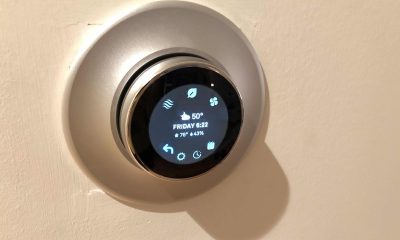
 Gadgets3 years ago
Gadgets3 years agoDoes Nest Thermostats Contain Cameras Or Microphones? Is It Safe For you?
-

 Guides1 year ago
Guides1 year ago10 Best Apps To Control All Your Smart Home Devices.
-
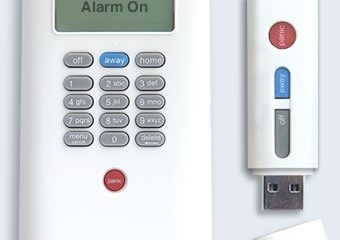
 Gadgets3 years ago
Gadgets3 years agoWhat Is The Purpose Of Red Button On The SimpliSafe Keypad?
-

 Gadgets3 years ago
Gadgets3 years agoComplete Guide About Equalizer settings for Samsung-Soundbar
-

 Accessories2 years ago
Accessories2 years agoBlink Camera’s Temperature Sensor Settings, and More
-

 Solutions3 years ago
Solutions3 years agoWhy is My Samsung TV Picture So Dark? Exploring the Possible Causes
-

 Gadgets3 years ago
Gadgets3 years agoFitbit Symbols Meaning: What Do The Fitbit Icons Mean?
-

 Accessories2 years ago
Accessories2 years agoCan Siri Control Samsung Televisions And Are Samsung TVs Homekit Compliant?








